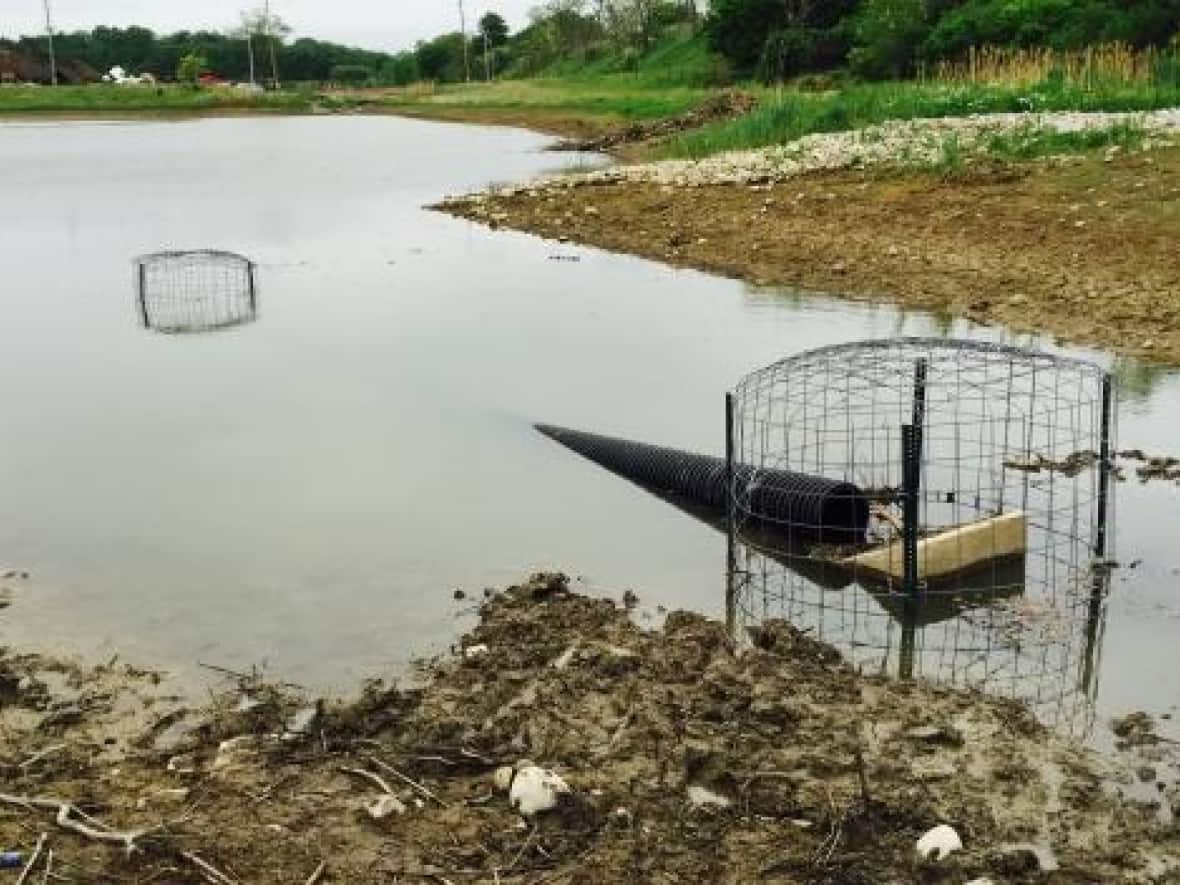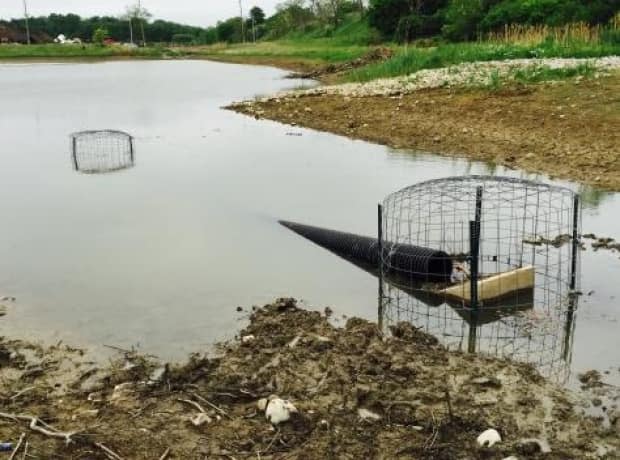City of Ottawa accused of 'ongoing hate' for beavers

Wildlife advocates want the City of Ottawa to stop killing so many beavers when it tries to manage complaints or conflicts between the dam-building rodents and landowners.
The Ottawa-Carleton Wildlife Centre says the city's beaver management strategy could use other, more cost-effective measures such as flow devices and "beaver deceivers."
Wildlife centre president Donna DuBreuil said the organization has lost its patience with the city after years of advocacy and has found little openness to new ideas.
"Essentially, the city seems addicted to killing beavers," she said.
The city seems addicted to killing beavers - Donna Dubreuil, Ottawa-Carleton Wildlife Centre
The city spent $128,075 in 2020 and $89,288 in 2019 to hire licensed trappers, but Dubreuil argues a flow device would be cheaper, costing $2,000 to reduce flooding in the area around a beaver dam. That strategy could also reduce other long-term costs of monitoring and maintenance, she added.
Residents near the Goulbourn Wetland Complex in the west-end suburb of Stittsville, where the Trans-Canada Trail runs to the west of West Ridge Drive, say trappers have targeted beavers in their area.
Ann Swanwick said beavers have not caused flooding on the trail and the area "would be the ideal place for a beaver population."
"The city just have this ongoing hate of beavers ... they're here and then they're gone," Swanwick said.
"We want the trapping and killing stopped. We want them to consult the experts on alternative means of dealing with the beaver."
WATCH | Resident Ann Swanwick wants changes in handling beaver population:
London, Ont., cited as role model
Swanwick said other cities like London, Ont., have led the way on more humane ways to allow beavers and humans to co-exist and share their wetland habitat.
DuBreuil said residents' concerns show the city has prioritized complaints from nearby landowners rather than valuing and preserving a wetland.
"There's no other species that's more important to maintaining wetlands and keeping our watershed healthy than beavers," she said.
Stittsville Coun. Glen Gower said the Goulbourn Conservation Complex is a provincially significant wetland and enjoys the highest form of legal protection from development. But he admitted improvements can be made.
"I think the city's behind some other cities in Ontario who have some more progressive ways of managing the beaver population," Gower said.
The councillor says he's glad the city has established two pilot projects in Kanata and the east end to study alternative strategies, while encouraging the wildlife centre to reach out.
DuBreuil said the city's past pilot projects have been "designed to fail" and weren't set up in areas where the city sees most complaints.

Beaver relocation not allowed in Ontario, city says
The City of Ottawa's 2013 wildlife strategy does recognize the re-establishment of the beaver in the region has significant environmental benefits, but it also acknowledges they may threaten personal property, municipal infrastructure and economically productive land.
In a statement, Ottawa planner Nick Stow said provincial regulations "effectively prevent the live-trapping and relocation of beavers." The Ontario Ministry of Northern Development, Mines, Natural Resources and Forestry recommends hiring licensed trappers when avoidance and mitigation efforts, such as flow devices, cannot be employed.
Stow said staff continue to explore the use of flow devices where appropriate and has consulted with the City of London, which the city said installed 10 such devices.
He said beaver management at the Goulbourn Wetland Complex is related to the Hazeldean Municipal Drain and is managed and monitored under an approved engineering report to protect the long-term health of the ecosystem.

 Yahoo Movies
Yahoo Movies 
